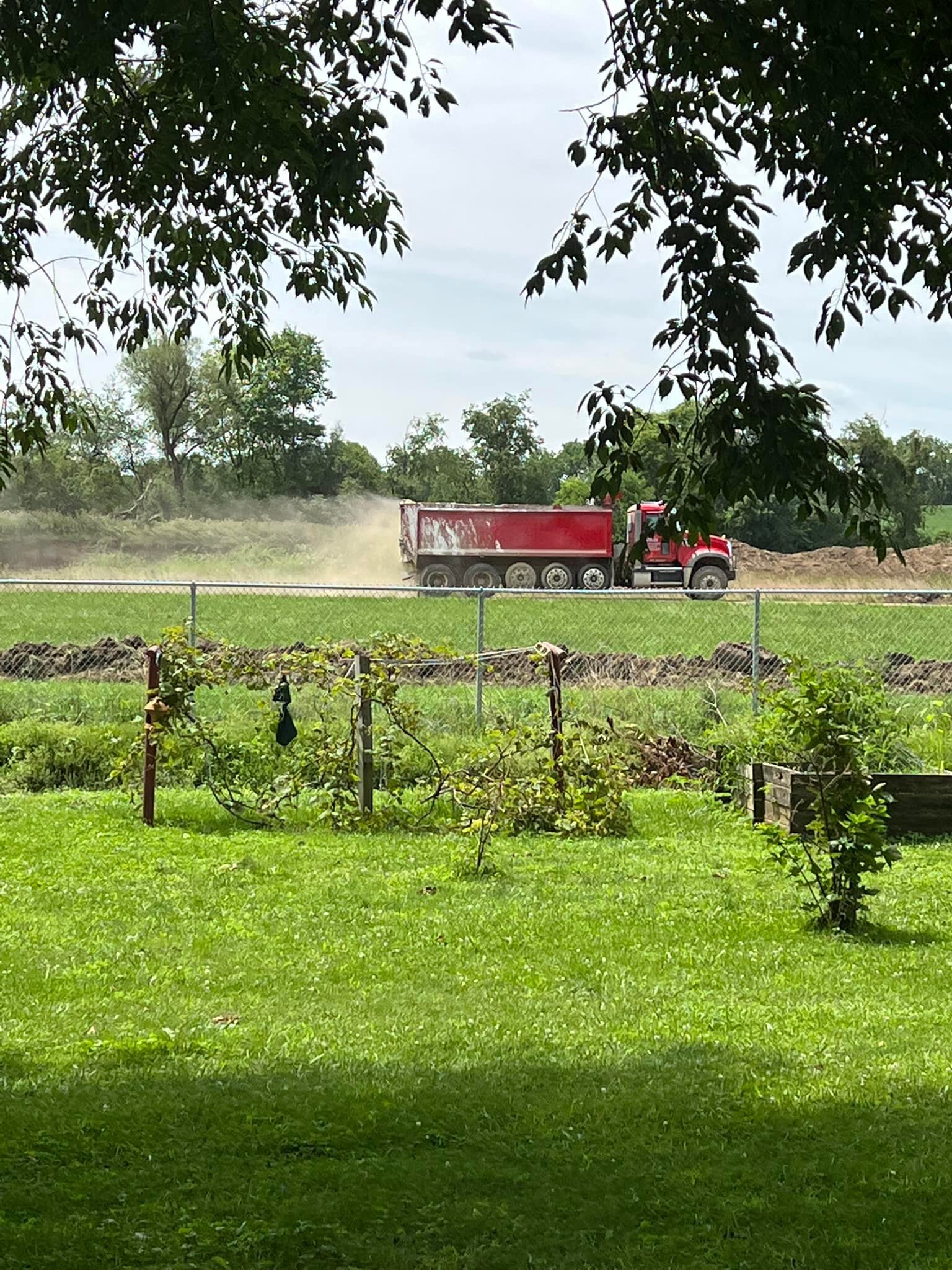The Ohio Environmental Protection Agency (EPA) has started an investigation into Mount Vernon’s activities with lime sludge that was being removed from lagoons at its water treatment plant to keep them operational.
Mount Vernon resident David Daniels complained to City Council on Monday that they lacked the proper permits to move the lime sludge to anywhere but farmers’ land, where it is to be used as fertilizer. His home on Old Delaware Road in Clinton Township backs up to the city property where the lime sludge has been spread. He also disputed the length of time the city could store the lime sludge.
The Ohio EPA was contacted about those claims and to find out what the beneficial use permit issued by the state agency allows the city to do.
“Ohio EPA is working with the city to resolve this issue; an investigation is ongoing,” agency spokesperson James Lee told the Mount Vernon News via email.
Daniels told the City Council on Monday night that he obtained a copy of the permit and read the regulations governing the lime sludge, which he said is considered solid waste. The city would need a permit to deposit solid waste on any property, he said. The lime sludge would be considered solid waste until it was applied to a farmer’s ground.
“I’m here to ask the council if you would please suspend and cease, halt the removing of that lime sludge to that property,” Daniels said during the City Council meeting.
Bret Casey, a consultant for the city with Hazen & Sawyer that helped prepare applications for the permit, said the option to offer the lime sludge to farmers is preferable.
“Landfilling is not a cost-effective solution, and it's not a sustainable solution either,” Casey said.
Farmers can store the lime sludge for up to 180 days once it is moved there, he said.
The city has no limit in how long it can store the lime sludge at the site near Daniels’ property, Casey said. The way the general permit was written by the state, the city can store it at the treatment plant site for 180 days.


